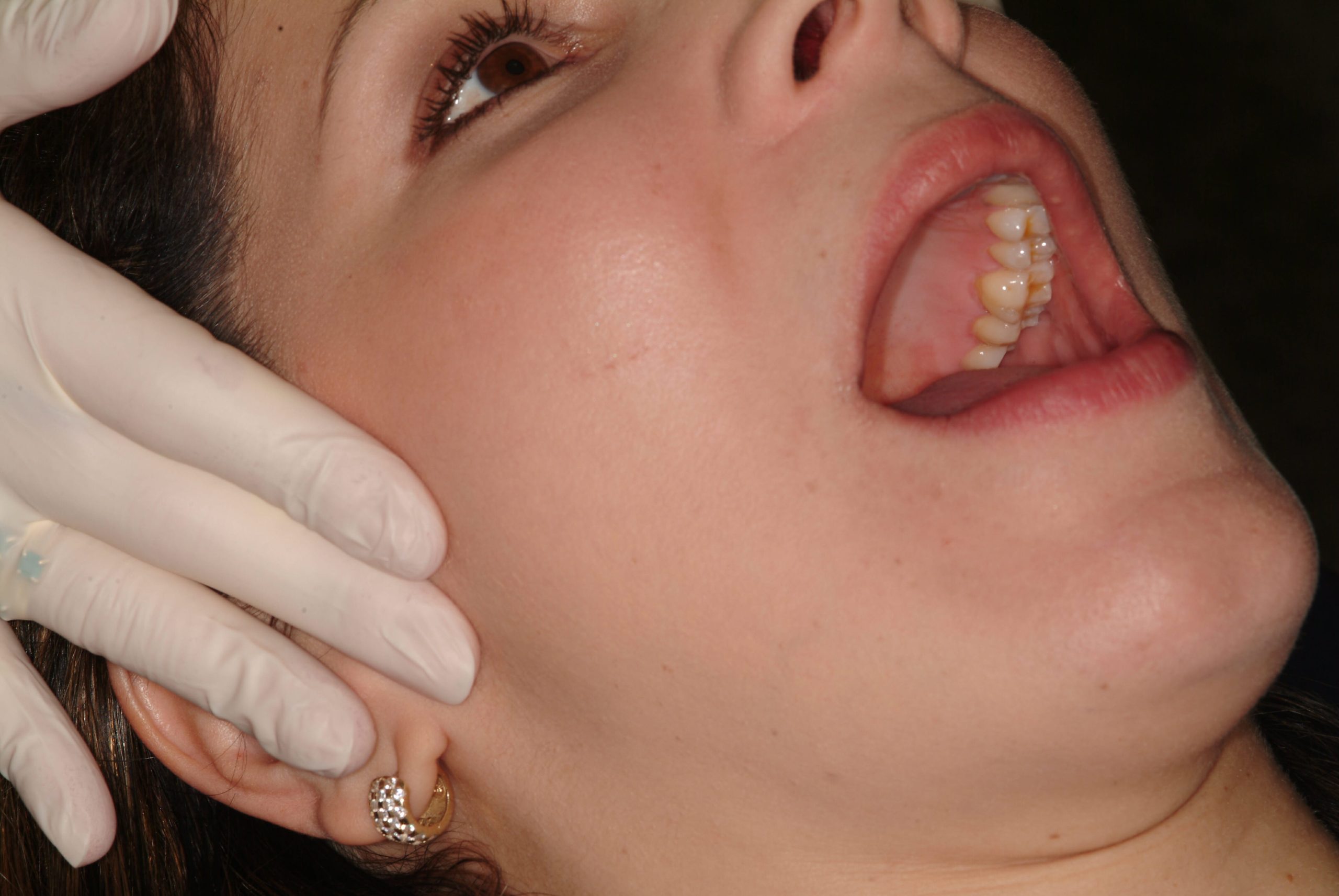
TemporomandibularJoint Exam Refresher
The comprehensive exam sets the stage for the quality of your dentistry. The information you gather is instrumental in guiding your treatment plan, getting to know your patient, and helping you effectively relieve pain or discomfort.
The temporomandibular joint is one of the 4 exam areas that comprise a comprehensive functional exam. Ascertaining where we believe the disc is relative to the condyle and whether or not we detect the presence of inflammation are the goals. We want to understand if the joint is stable, adapted or currently undergoing breakdown.
Refresh Your Joint Exam Technique
A good place to start is with lateral pole location. While the patient is lying back, place three fingers lightly in the lateral pole region. Then have them open and close. As they are opening and closing, locate the lateral poles. Observe and record palpable joint noise sounds and motion. Make sure you are documenting your findings clearly throughout the process.
You should also reference maxillary midline to mandibular midline and record opening and closing deviations from the midline. There is so much that can be learned from this basic exam protocol.
Next, move on to joint auscultation in translation and excursions. Using your stethoscope to listen, you can direct the patient to again open and close without touching, as well as move their jaw excursively. You’ll verify palpable sounds and listen to both rotation and translation…
What do you consider critical elements of a joint and muscle exam?
Related Course
E2: Occlusal Appliances & Equilibration
DATE: May 3 2025 @ 8:00 am - May 7 2026 @ 2:30 pmLocation: The Pankey Institute
CE HOURS: 44
Dentist Tuition: $ 7500
Single Occupancy with Ensuite Private Bath (per night): $ 355
What if you had one tool that increased comprehensive case acceptance, managed patients with moderate to high functional risk, verified centric relation and treated signs and symptoms of TMD? Appliance…
Learn More>






